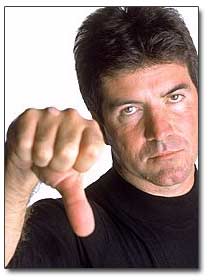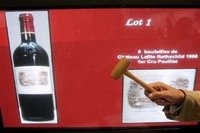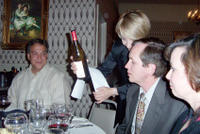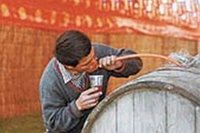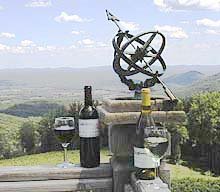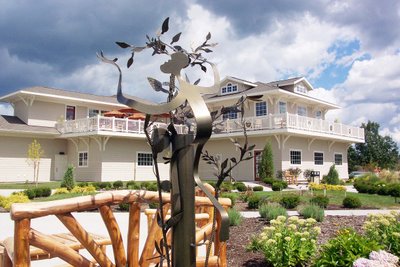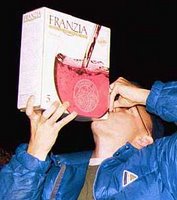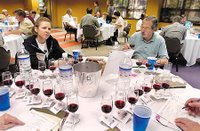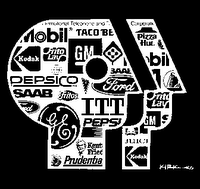
The Public Broadcasting System, seeing the money rolling into network and cable stations from cashing in on the insatiable public demand for reality shows, has decided to get in on the act.
PBS' "Wine Makers," a reality competition set for 2007, will pit 12 contestants vying for the chance to launch their own label.
The twist is that financing the series requires a new sponsorship model, rather than the method PBS has long used to keep its pristine character from being besmirched by godless commercialism,
Instead of quick, nearly-generic tag lines presented along with the PBS underwriters' logos, the new show will provide what PBS calls "top-tier sponsors" a five- to 15-second spot before and after the half-hour show.
Let's review. Sponsors will give PBS money to give them air time for 5- to 15-second spots about their products and services. Funny, in the real world they refer to those as, how you say, commercials !
The Paso Robles Wine Country Alliance, the former Paso Robles Vintners & Growers Association which promotes wines from California's central coast, is the first to sign up.
Plans call for the eight-episode series to employ the usual toss-'em-out-weekly model, with the original field of 12 contestants pared by half in the first two episodes. The contestants will live together like other reality series, and a rotating group of judges will decide on their skills in various aspects of winemaking.
To Dowd's Spirits Notebook latest entry.
To Dowd's Wine Notebook latest entry.
To Dowd's Brews Notebook latest entry.
Back to Dowd On Drinks home page.







